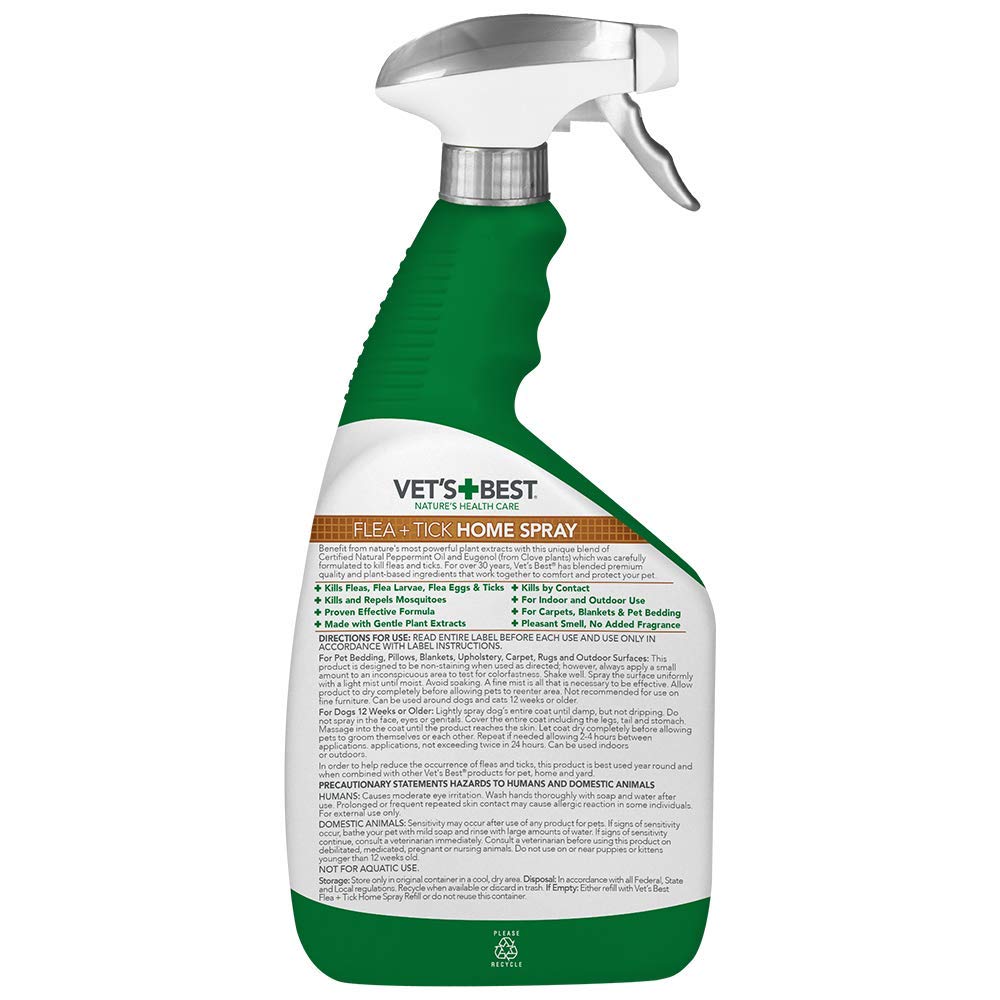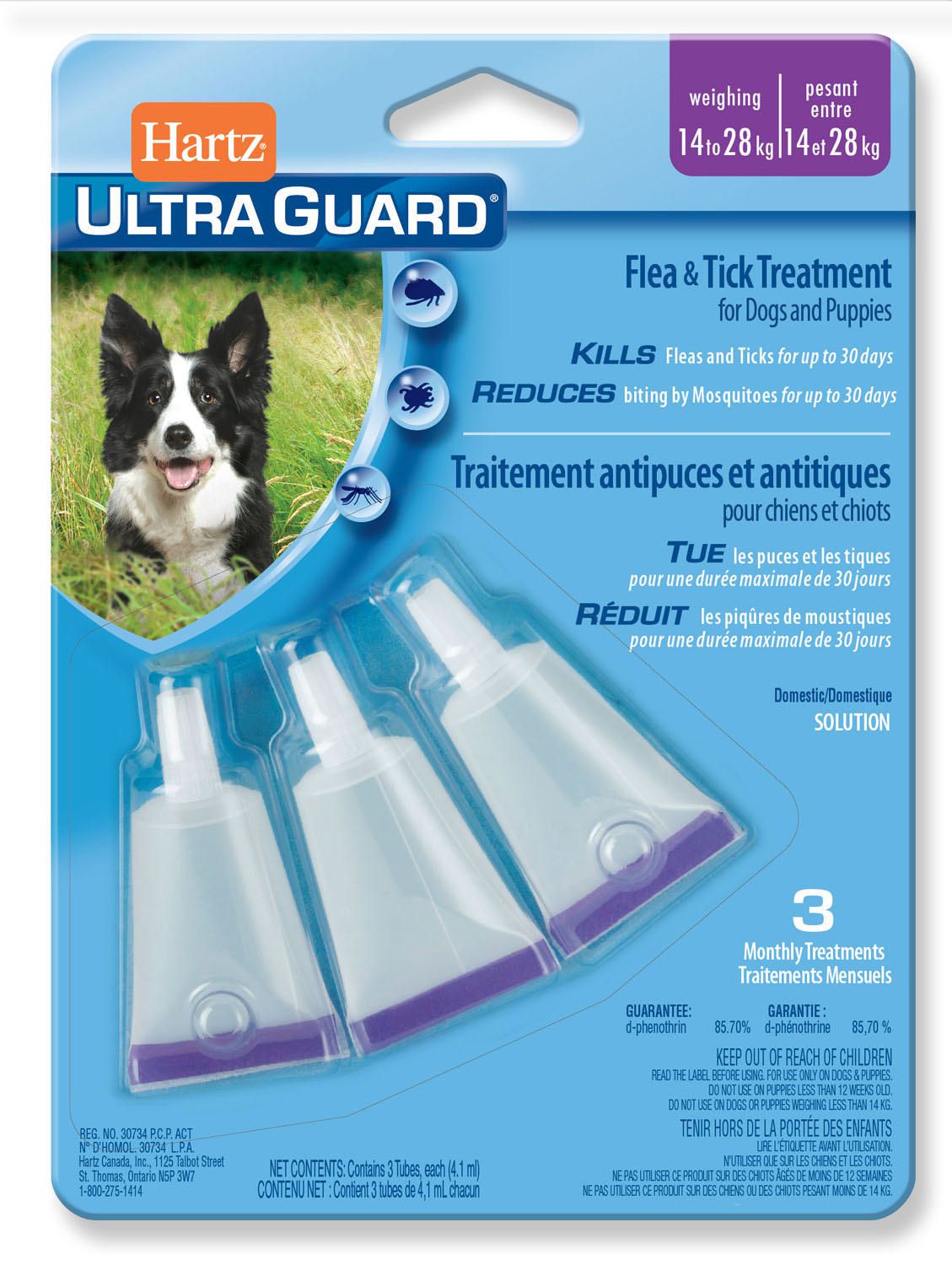

Also, pests tend to be less attracted to clean animals. Soap and water can kill adult fleas and combing your pet with a fine-tooth flea comb can remove fleas, flea eggs, and other debris.
FLEA AND TICK MEDICINE SKIN
This toxic residue is absorbed through people’s skin as they pet their animal or expose themselves to contaminated areas. This residue can stay on your pet’s body for weeks even after the flea collar is removed, and the residue can be transferred to furniture and bedding and anyone who pets the animal. When used as intended, a pet flea collar with TCVP leaves residue on a pet’s fur and skin.

Symptoms of TCVP may include nausea, vomiting, wheezing, or more severely, muscle twitching, seizures, respiratory paralysis, and death. And, even small amounts of exposure can cause irreversible harm to a child’s brain development and increase the risk of learning disabilities. Thousands of pets have been harmed by this pesticide. TCVP kills these pests, but also may be extremely dangerous for pets and their owners, especially young children and pregnant women. Tetrachlorvinphos (TCVP) is a chemical commonly used in pet products to kill fleas and ticks. What is TCVP and how do pet products containing TCVP put me at risk?

If you or your child experiences a negative health outcome from a flea collar containing TCVP, there are steps you can take to seek help, report the incident, and minimize any future harm to the wider community. You can protect your family and your pets by avoiding products that contain TCVP and practicing safe flea and tick prevention habits, including recognizing situations where you may expose your pets to fleas and ticks. However, many tick and flea collars seen in stores contain TCVP – a dangerous chemical that presents serious health risks to our pets, children, and ourselves. We seek tick and flea protection for our pets because ticks and fleas both annoy our pets and can carry serious diseases that affect our pets and us.


 0 kommentar(er)
0 kommentar(er)
